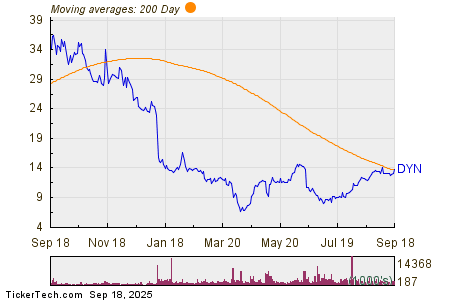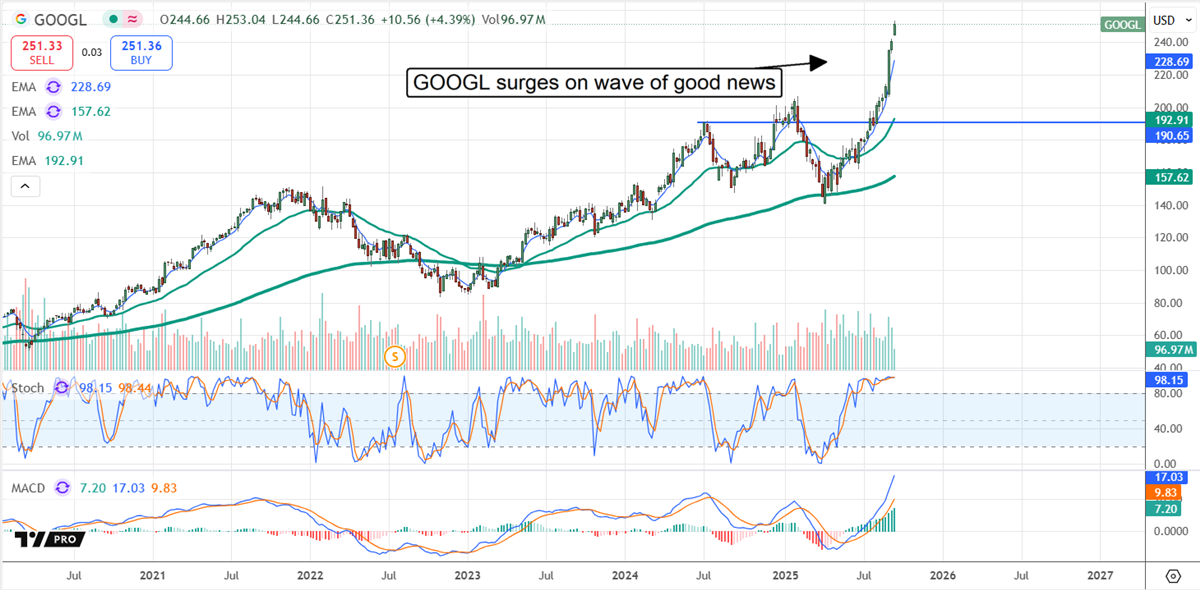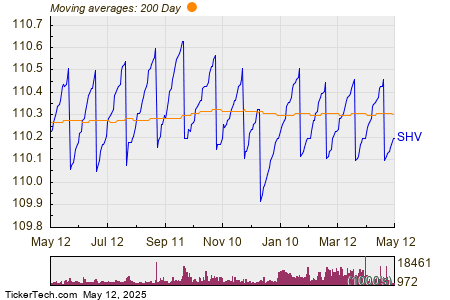Trump’s New Administration Promises Bold Changes in Immigration and Trade
President Donald Trump and Vice President JD Vance were sworn into office on Monday, setting the stage for significant executive actions on immigration, trade, and energy. Trump plans to declare a national emergency at the U.S. southern border, reinstate the “Remain in Mexico” policy for asylum seekers, and classify major cartels as terrorist organizations. Such measures indicate a dramatic shift in border policy that are expected to encounter both legal and diplomatic hurdles. The administration is also exploring tariff studies concerning China, Canada, and Mexico, hinting at possible changes in trade strategy.
Policy Changes Ahead
The new administration intends to eliminate automatic birthright citizenship for children of undocumented immigrants and impose a six-month suspension on refugee resettlement. These actions exemplify Trump’s larger objective to restrict legal and illegal immigration. While some analysts commend the focus on border security, detractors warn that these policies could strain relations with Mexico and lead to elongated legal disputes. Even on trade, the lack of immediate tariffs on China suggests a move towards negotiation rather than confrontation at this stage.
Market Response
- Trump’s inauguration has lifted U.S. equity futures, reflecting positive investor sentiment.
- The dollar fell by 1.2% due to reports of postponed tariff implementations on China.
- Experts anticipate legal challenges against Trump’s immigration and trade initiatives.
Important Highlights
- Trump is proposing extensive immigration reforms, including the suspension of asylum applications.
- Any changes to birthright citizenship are likely to trigger constitutional disputes.
- Shifts in trade policy could affect global market perceptions and supply chains.
What Lies Ahead?
- Investors are keen to learn more about Trump’s planned energy deregulation and tax policies.
- Legal challenges surrounding immigration and tariffs may slow down the rollout of these policies.
- Potential tariffs on Canada and Mexico pose risks to important trade relationships.
Supportive Outlook
- Trump’s stringent immigration and trade policies might enhance U.S. border security and address long-standing issues with illegal immigration, appealing to his voter base.
- The decision to delay tariffs on China marks a strategic pivot in trade talks, potentially easing market fluctuations in the short term.
- Proposed energy deregulation could stimulate growth in the U.S. energy sector, boosting job creation and competitiveness.
- Investor optimism evident in the rise of U.S. equity futures suggests confidence in Trump’s business-friendly policies.
- The administration’s aim to combat inflation through executive measures could promote overall economic growth and consumer spending.
Challenging Realities
- The sweeping reforms on immigration, including the repeal of birthright citizenship and refugee resettlement, face serious legal obstacles that could delay their implementation.
- Labeling cartels as terrorist organizations could create tensions with Mexico, complicating negotiations with a vital trading partner.
- Potential tariffs on Canada and Mexico may disrupt North American supply chains and adversely affect businesses reliant on those connections.
- The dollar’s 1.2% decrease amid tariff uncertainties reflects growing investor concerns about possible trade policy repercussions.
- Extended legal disputes over border policies could distract the administration from other urgent policy issues, potentially stalling broader reforms and causing political deadlock.
Trump’s agenda isn’t just focused on immigration; it also involves reducing regulations in the energy sector and managing inflation. His cautious approach to tariffs is a departure from his strong campaign rhetoric, indicating a more practical strategy aimed at balancing foreign relations with economic stability. Initially, the government is prioritizing trade studies and domestic policy, which is expected to shape the first few months of the administration.
As Trump’s presidency unfolds, investors remain vigilant for the impacts of these sweeping policy changes. While there’s cautious optimism about the pro-growth agenda, uncertainty remains regarding how these policies will be executed and their broader economic and geopolitical effects.
The views and opinions expressed herein are the views and opinions of the author and do not necessarily reflect those of Nasdaq, Inc.





